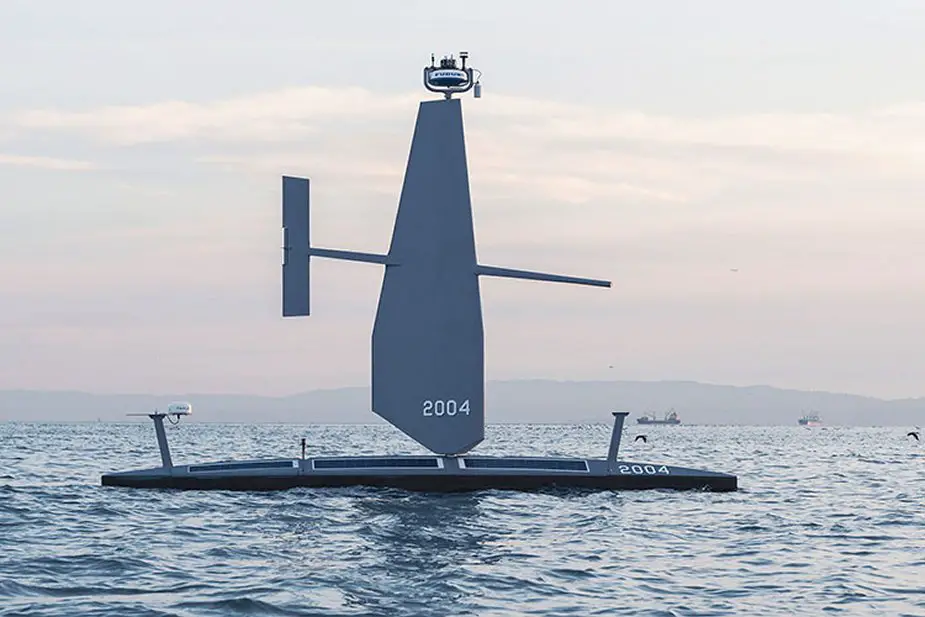Breaking news
Saildrone unveils mid-size Voyager Unmanned Surface Vehicle USV.
According to a PR published by Saildrone on March 28, 2023, the firm officially announces the addition of a new mid-size class of uncrewed surface vehicles (USVs).
Follow Navy Recognition on Google News at this link
 New 33-foot Voyager USV. (Picture source: Saildrone)
New 33-foot Voyager USV. (Picture source: Saildrone)
The 33-foot (10 m) Voyager is specifically designed for near-shore ocean and lakebed mapping, and to meet the challenges of illegal, unreported, and unregulated (IUU) fishing, ISR (intelligence, surveillance, reconnaissance), law enforcement and maritime safety, drug interdiction, and border and harbor security.
Saildrone’s three USV models—the Voyager along with the 23-foot (7 m) Explorer and 65-foot (20 m) Surveyor—have been developed to balance mission payload flexibility and endurance.
The Voyager’s larger size, compared to the Explorer, allows for a more persistent datalink, increased power, and versatile payload integration options. The Voyager’s smaller size, compared to the Surveyor, allows it to operate in shallower areas closer to shore.
The Voyager carries an impressive payload for survey operations, including high-resolution MBES and Innomar SBP systems, and is the only survey USV that can deliver long-duration IHO-compliant multibeam mapping surveys and ocean data collection at depths up to 900 feet (300 m).
Its ISR sensor suite includes a smart camera array, digital radar, and sub-surface passive acoustics. Primarily powered by wind and solar, the Voyager also features an electric propulsion alternative, useful for low-wind and near-shore operations.
To date, Saildrone has built 100 23-foot Explorer-class USVs at its headquarters in Alameda, CA. To meet increasing demand for the new Voyager platform and maritime data in general, Saildrone has elected to outsource the production of the wing, hull, and keel to composite specialists: Janicki Industries will manufacture the wing and keel in Washington, and Seemann Composites will manufacture the hull in Mississippi. Saildrone will continue to produce, install, and service internal components in Alameda.
Sea trials of the Voyager in the San Francisco Bay and offshore of California have been ongoing since late 2022, and the first operational maritime security and ocean mapping missions will begin this spring. New Voyager vehicles are currently being produced at a rate of one per week.
Saildrone’s mission is to make ocean intelligence cost-effective at scale, offering comprehensive turnkey data solutions for science,fisheries, and weather forecasting,ocean mapping, and maritime security. With proprietary software applications that transform data into actionable insights and intelligence, Saildrone provides near-real-time data from any ocean on earth, 24/7/365.



























